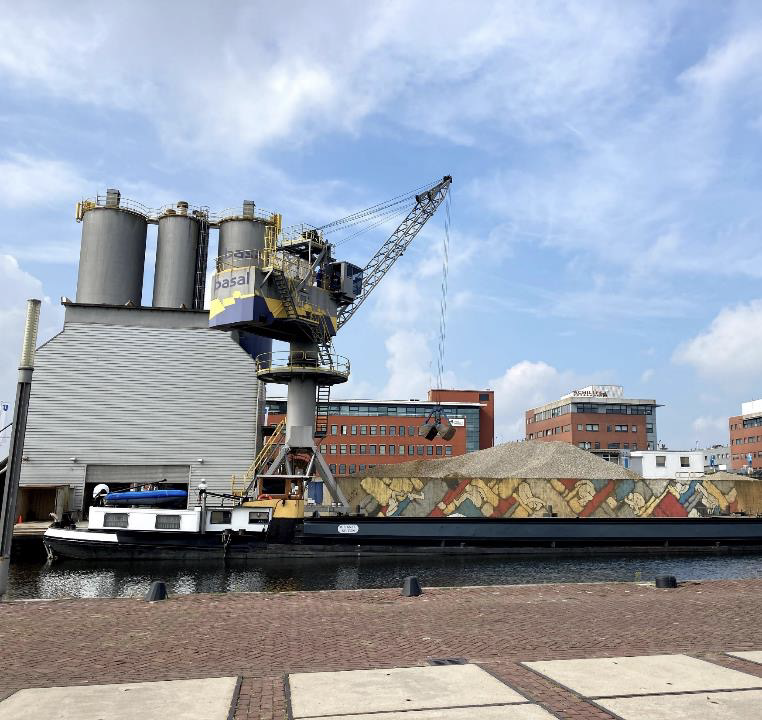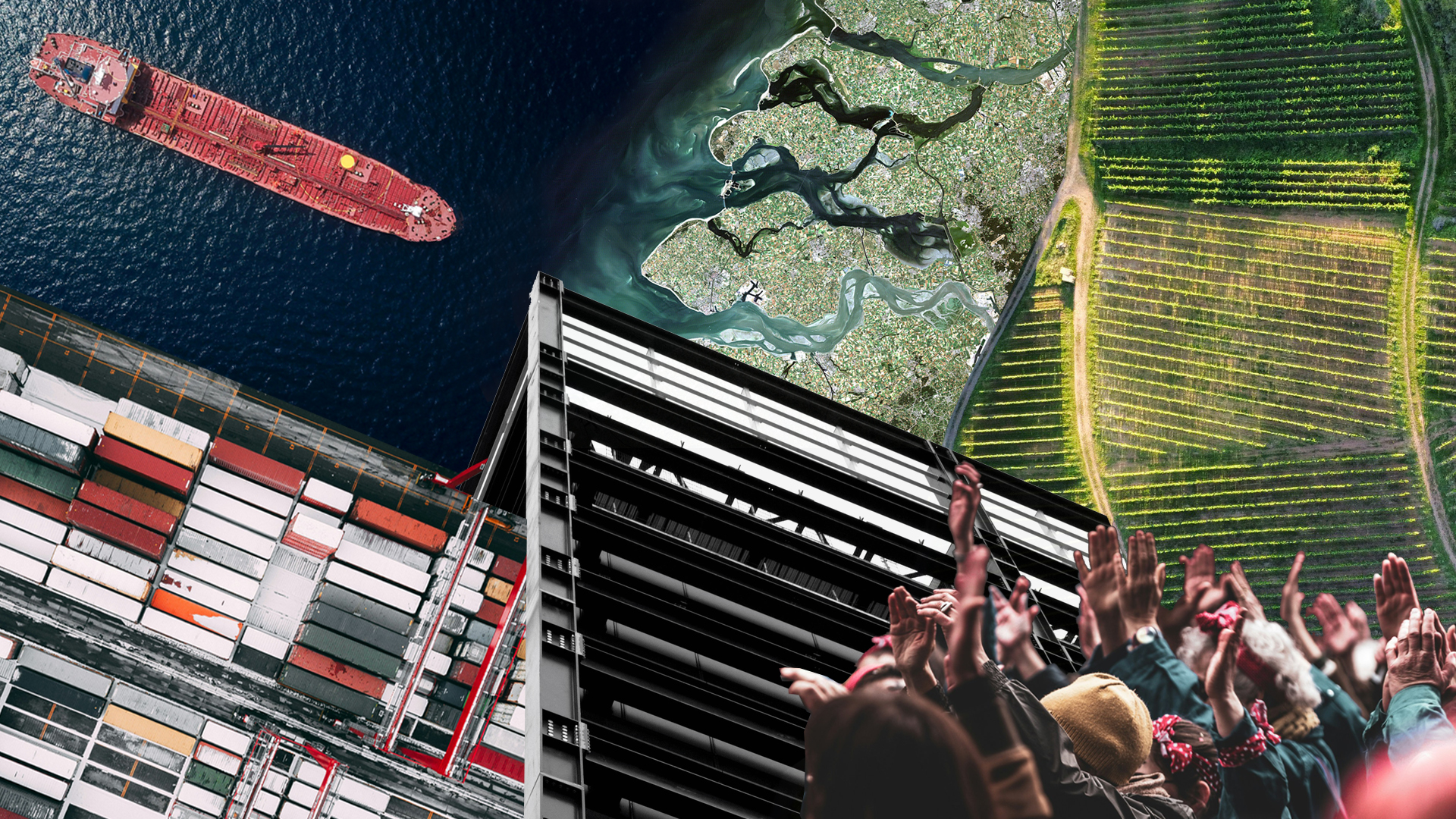Circular ideas in the design of products and buildings are fascinating: look at Philipps’s ‘Pay per Lux’ system or the ‘Façade Leasing’ ideas that are currently developing. What is often forgotten, though, is that circular products and buildings require reverse logistics infrastructure like temporary materials’ storage and also additional facilities for accommodating the actual processes of product remanufacturing. This puts a lot on stress to the urban fabric. How do you think remanufacturing will affect cities? How can we ensure that circular practices will be fostered in a way that does not disrupt the quality of neither the urban nor the peri-urban space?




![Architecture Tutors Training Day [2024]](https://educatorsforcircularity.tudelft.nl/wp-content/uploads/2024/08/IMG_1253.jpg)


Vertical urban factories and densification
To be effective and fit for purpose, the circular built environment demands and requires a huge amount of space to collect, sort, and process, materials, components and products for future use. There are three ways in which this space can be provided; 1) sprawl further into natural landscapes, 2) increase density to free up space elsewhere in the built environment, and 3) design this space into the built environment. Discounting further urban sprawl as an option, I wonder if vertical urban factories could be a way to provide this much-needed space in cities, whereby industry and other more traditional urban activities co-exist. This may not be possible for larger industries relating to building structures but could be more applicable for the repair, refurbishment, and remanufacturing of building services, for example. Densification may then be needed to free up space elsewhere to ensure space is made available for heavier industries.
Hi Andy, interesting thought! This could also be related to more decentralised industrial activities (storage, sorting, repair, remanufacturing). One important issue is that the type and size of component streams and related activities will be much more variable than in new production lines. Depending on dismantling activities a lot of storage and other workspace might be required at one point while components can be directly transported from one site to another in other cases, thus requiring much less space. Integrating this process in a more dynamic urban setting (notwithstanding the challenges that come with that) might lead to some interesting synergies in terms of multiple use of space and infrastructure.